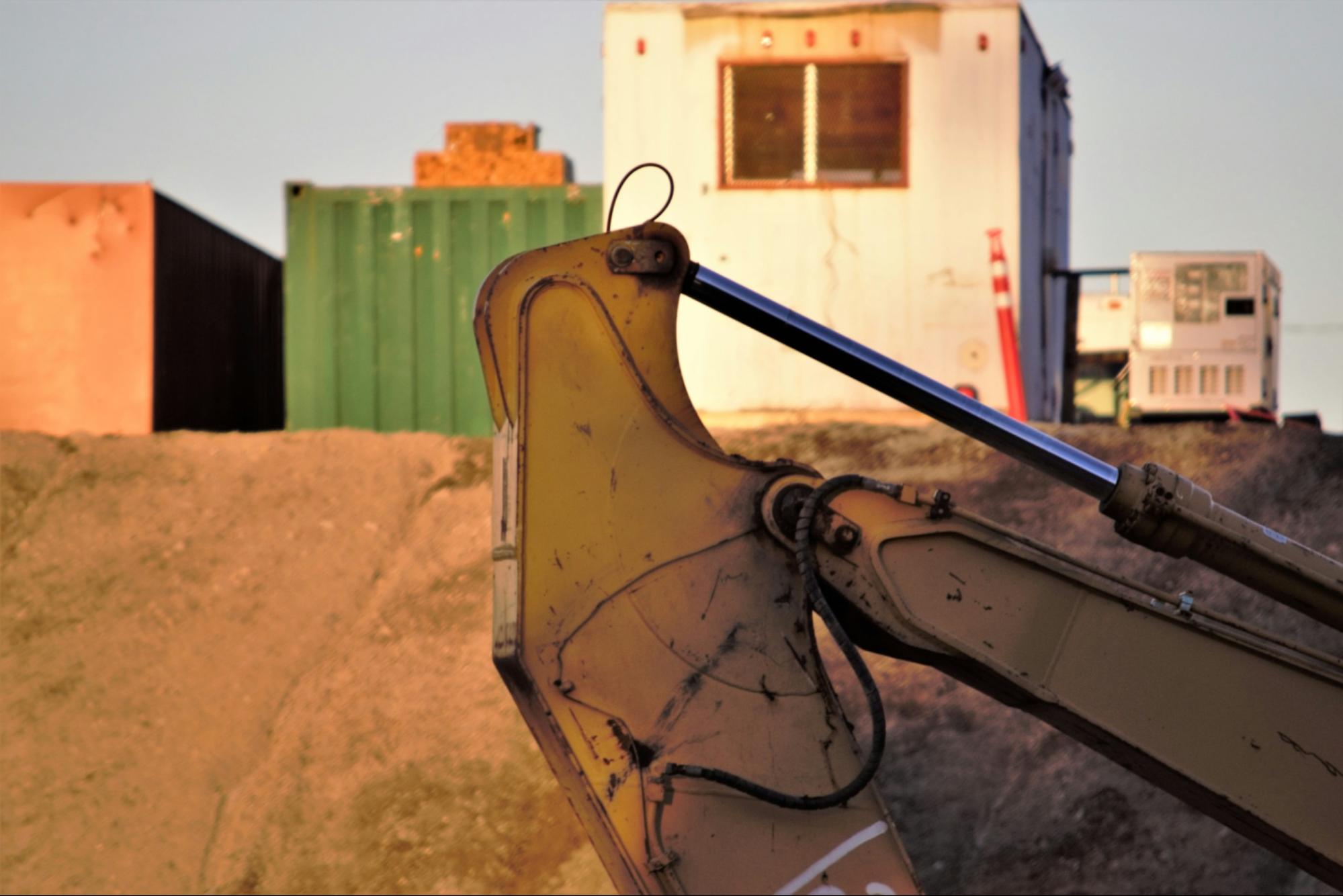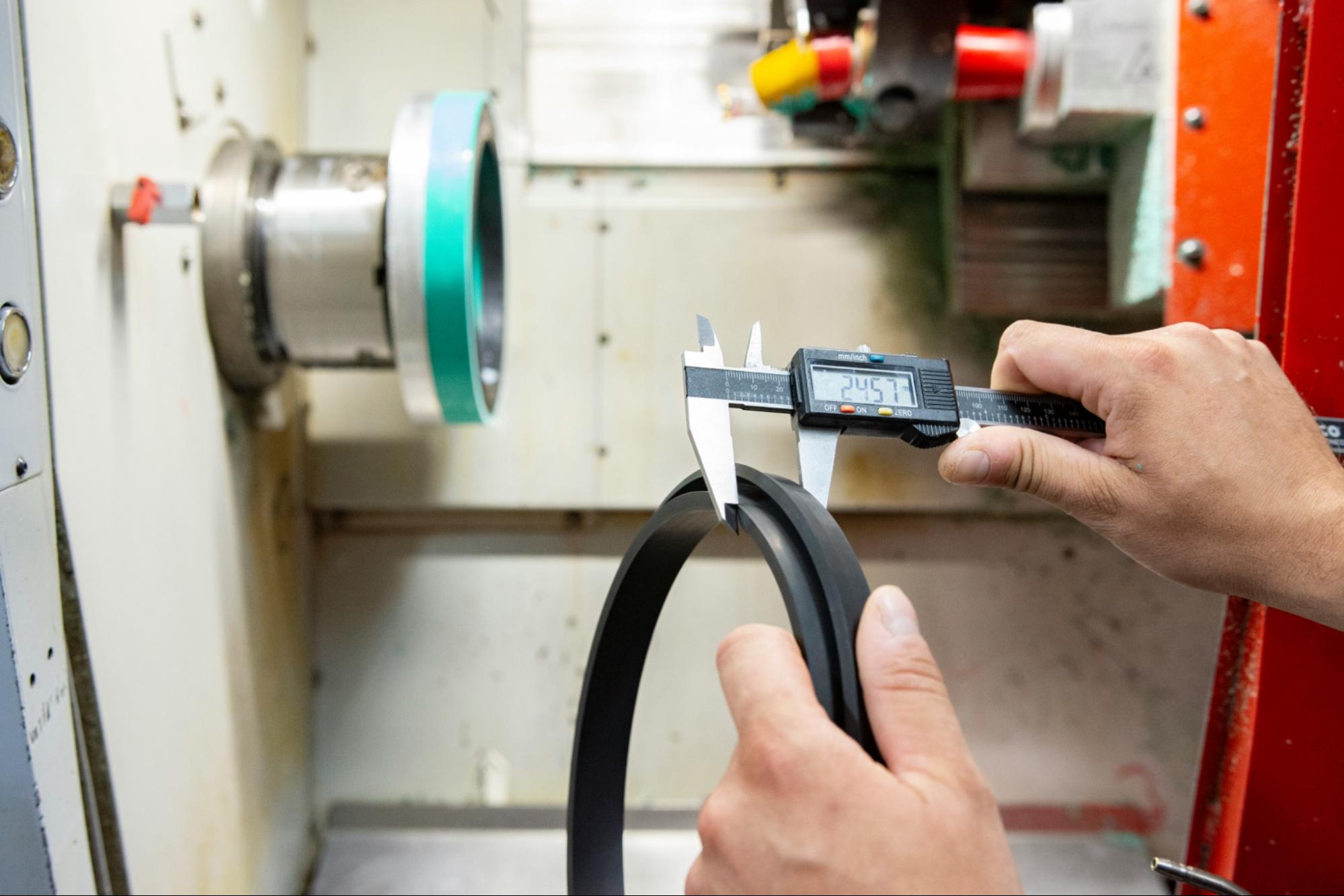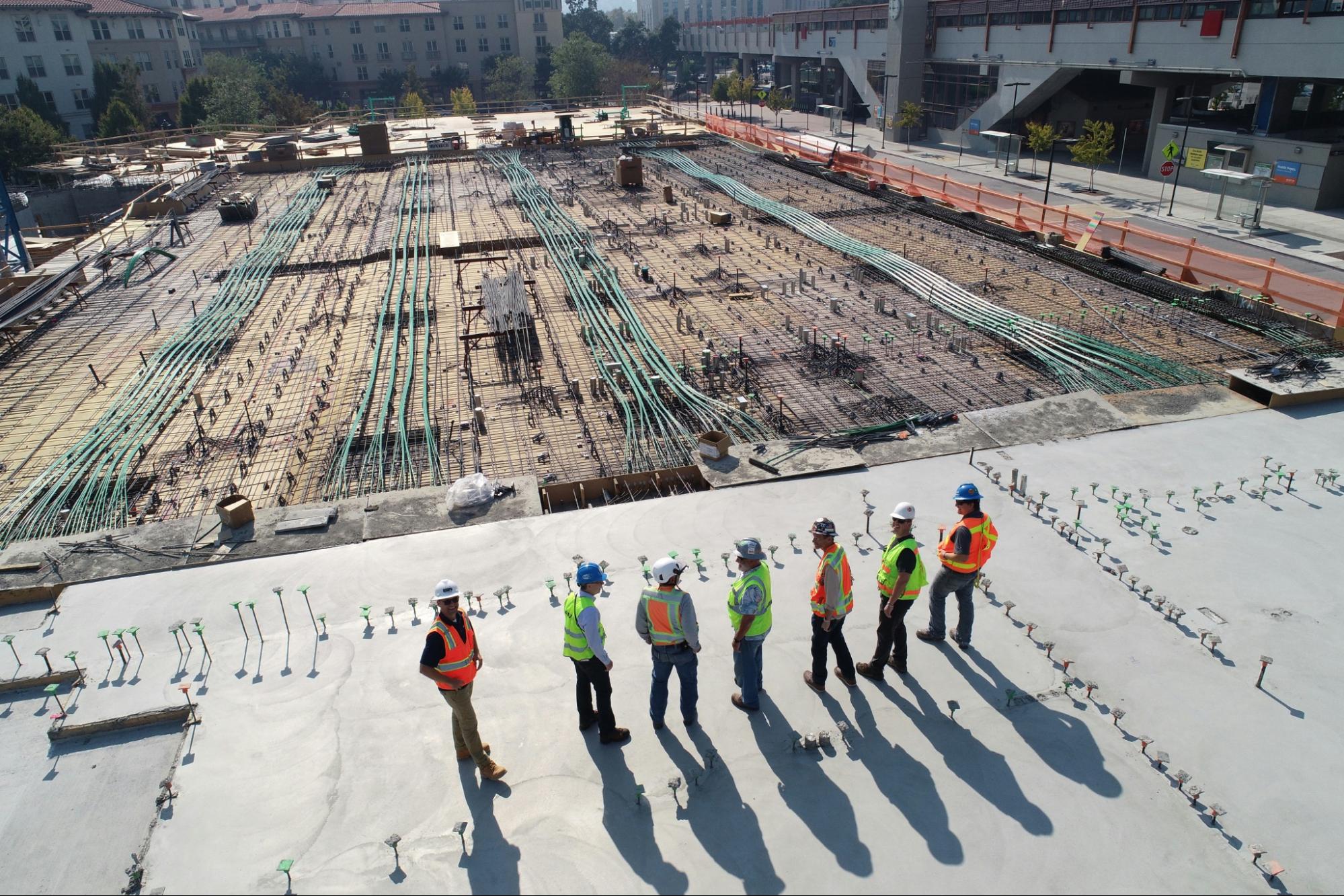lorem
- Cylinders, Inc
- Blog
What Are 5 Factors That Can Determine the Quality of a Construction Project?
What Are 5 Factors That Can Determine the Quality of a Construction Project?
In today’s high-stakes U.S. construction environment, quality is no longer just a checkbox — it's a performance multiplier. From equipment reliability to operational foresight, quality is the sum of strategic decisions we make long before a project even breaks ground.
At Cylinders, Inc., we work with plant maintenance managers, fleet directors, and operations leads who know firsthand that the success of a project hinges on more than blueprints and deadlines.
It’s about uptime, cost control, and the performance of critical hydraulic systems that underpin nearly every aspect of modern construction.
Drawing from our work with some of the country’s most efficient and forward-thinking construction organizations, here are the five critical factors we’ve identified as consistently determining project quality, and ultimately, profitability.
1. Reliability of Equipment and Components

Top-performing construction companies treat equipment health as a direct line to financial performance.
And they're right to do so: a single hour of unplanned downtime on a large-scale site can cost tens of thousands in lost productivity, delays, and labor inefficiencies.
Nowhere is this more evident than in hydraulic systems — often the lifeblood of construction fleets. Cylinders, in particular, bear the brunt of the load (sometimes quite literally), and wear or misalignment in these components can cascade into serious failures if overlooked.
Leaders in the field take a proactive stance, using real-time diagnostics, robust PM schedules, and parts sourced from trusted vendors to eliminate unplanned equipment failures. They understand that cutting corners on hydraulic component quality doesn’t just increase service intervals — it risks the entire operation’s stability.
Cylinder, Inc. Insight: Companies with standardized proactive cylinder maintenance protocols report 25–40% lower unplanned downtime, compared to those relying solely on reactive maintenance.
2. Project Planning That Factors in Lifecycle Cost, Not Just CapEx

In the rush to bid competitively, there’s a temptation to prioritize initial cost over long-term performance.
But smart operators know that cutting quality up front often results in higher costs down the line — especially when it comes to mission-critical systems.
Lifecycle cost analysis (LCCA) is gaining traction among savvy construction leaders who want to stay several steps ahead. Instead of focusing solely on the purchase price of components, they evaluate:
- Expected Maintenance Intervals
In the U.S., maintenance schedules are often built into what's called a preventive maintenance plan. They can then be managed using software systems like CMMS (Computerized Maintenance Management Systems), which help track when components need servicing to avoid unexpected breakdowns. - Downtime Risk
This is usually assessed with tools like FMEA (Failure Modes & Effects Analysis), which help predict where failures might occur and how serious they might be. Top professionals also look at things like Mean Time Between Failures (MTBF) and Mean Time To Repair (MTTR) to understand how reliable a system is and how long it takes to fix. - Energy & Operational Efficiency
Energy performance is measured with tools like Energy Use Intensity (EUI), Energy Star ratings, or LEED standards. They help evaluate how much energy a system uses and how efficient it is during day-to-day operations. - Long-Term Serviceability
To understand how long components will last, teams look at things like Remaining Useful Life (RUL) and the Facility Condition Index (FCI). These indicators help prioritize repairs, extend the life of assets, and keep systems functional and safe for years to come.
A lower-cost hydraulic cylinder may look appealing on paper, but if it introduces more frequent failure points or can’t handle the side load stress common in heavy-duty use, that math quickly shifts.
Cylinder, Inc. Insight: We work with clients to integrate durability and uptime metrics into early design and procurement decisions — because quality is too expensive to be an afterthought.
3. Maintenance Culture (Not Just Maintenance Plans)

The most reliable construction operations don’t just have a PM schedule — they have a predictive maintenance culture. There’s a key difference.
Maintenance culture is about embedding equipment care into the DNA of daily operations. This includes:
- Empowering operators to report early signs of hydraulic issues
- Regular fluid and seal inspections
- Spec’ing components that are over-engineered for the application rather than just meeting load tolerances
Where does most downtime originate? Often, it’s from small issues that compound over time: a minor cylinder misalignment, a degraded seal, or a delay in routine servicing. These aren’t mysteries — they’re known risks that we help our clients actively design around.
Cylinder, Inc. Insight: Top-tier operations aren’t just reacting — they’re engineering resilience into their workflows. And that includes partnerships with suppliers like us who understand the specific rigors of construction hydraulics and can help prevent failure at the system level.
4. Accountability Across the Vendor Chain

Construction quality doesn’t just happen on-site — it starts at the supplier level.
The organizations that consistently deliver high-performing building projects know how to select and hold vendors accountable.
They look beyond cost and assess:
- Component failure rates
- Average turnaround time for critical repairs
- Responsiveness in emergency situations
- Willingness to collaborate on system-level improvements
In the hydraulic space, this level of scrutiny is vital.
We’ve seen the difference between a part that technically fits and a component engineered for the job’s actual dynamic load profile. We’re not just fulfilling orders — we’re helping design reliability into your equipment from day one.
Cylinder, Inc. Insight: Fleet directors who align with specialized hydraulic partners like us can reduce rebuild frequency by up to 30%, leading to better schedule adherence and lower per-project costs.
5. Operational Visibility and Data-Driven Decisions

In an industry where margins can be razor-thin, visibility is power.
The highest quality construction projects are often those where decision-makers have real-time insight into fleet health, maintenance logs, and utilization metrics.
Many leading firms are now leveraging AI-driven telematics and advanced maintenance platforms to monitor and optimize equipment performance.
These systems track key indicators such as:
- Cylinder pressure trends
- Load distribution anomalies
- Service intervals tied to specific serial numbers
- Early warning signs, including fluid contamination and seal fatigue
This isn’t about chasing trends or tech for tech’s sake — it’s about reducing uncertainty. When plant maintenance managers can pinpoint which assets are underperforming and why, they can prevent quality issues before they affect the job site.
Cylinder, Inc. Insight: We frequently advise clients on how to integrate hydraulic data streams into broader asset management systems, helping them forecast rebuilds, reduce redundancy, and make procurement decisions that actually improve site performance.
Final Word: Quality is a Strategy, Not a Checklist
We partner with industrial operations across construction, manufacturing, and logistics to deliver precision hydraulic cylinder solutions that drive uptime and reduce total cost of ownership.
From rebuilds to custom engineering, our team brings over 30 years of expertise to the table — so your equipment performs where it matters most.
For today’s construction leaders, the conversation around quality is shifting.
It’s not just about passing inspection or finishing the project on time. It’s about creating a system that protects uptime, reduces lifecycle cost, and delivers predictable, high-performing outcomes — project after project.
Hydraulic systems are a foundational part of this equation. And at Cylinders, Inc., we don’t just manufacture or repair cylinders — we help you think strategically about how hydraulic reliability fits into the bigger picture of construction success.
Because in today’s American construction landscape, reliable hydraulics aren’t a luxury — they’re the backbone of long-term performance.
Recommended posts
%20(2)%20(1).webp)
%20(1).webp)
Contact
Request Your Cylinder Repair Today
Have a question about our pneumatic cylinder repairs? Contact Cylinders, Inc. to find out more about how our experts can help, or schedule your repair service today!